When Douglas Ross and the Scottish Conservatives are in trouble, which at the moment is a pretty constant state of affairs, his default position is to warn against the dangers of independence for Scotland.
He never fails to decry the SNP for banging on about independence whilst banging on about independence.
In truth that’s because it’s all he’s got and, all the Scottish Conservatives have had for years prior to their current troubles.
Their rallying point as a party is not to unite against something they are for, but something they are against. They are an inherently negative party.
Until now it has been a strategy that worked pretty well for them.
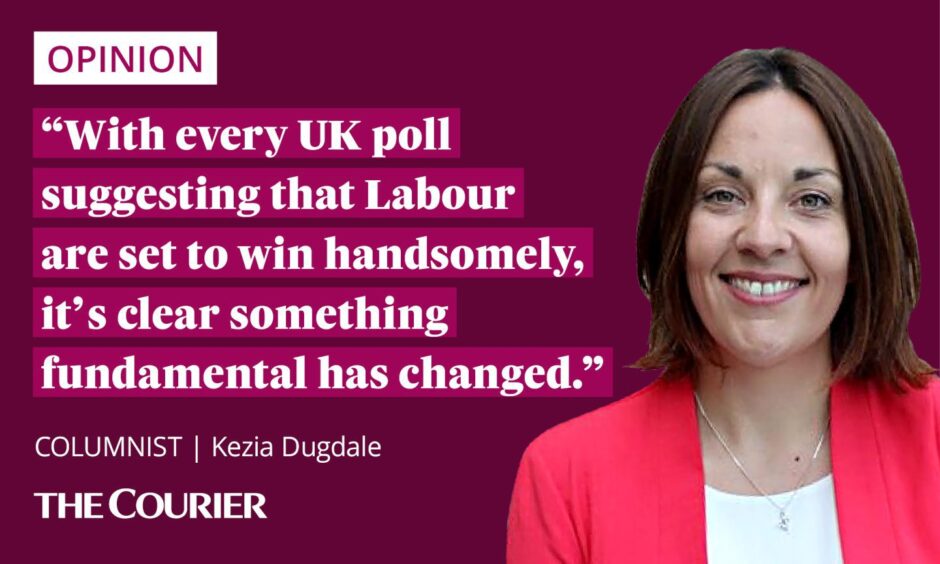
By banking on voters’ primary concern being the future unity of the United Kingdom they were able to command and build upon a base of support in significant chunks of the North East of Scotland and the Borders, taking traditional Labour votes with them.
In the rest of the country, unionists’ concerns about the solidity of Labour’s position on the union – often fed by Tories themselves – saw the party’s support steadily rise.
The irony of course was that punishing Labour left the SNP to win handsomely across the central belt. It also left the Tories coming second in communities that had felt the hardest edges of Thatcherism. Seats like Livingston and Falkirk could now turn red with Labour winning from 3rd place.
Meanwhile, the SNP have for years been able to interchange the words “Westminster” and “Tories” as if one was synonymous with the other. When 45% of the country wanted independence, it made sense to talk about it.
In 2015, 2017 and 2019 general elections the SNP and the Conservatives were in a mutually exclusive love/hate relationship with each other. Each party loving the electoral advantage it gained from hating the other’s primary political motivations. It left Labour very much the third wheel in the relationship and boy do i know how hard it is to try to make conversation about something other than the constitution when everyone else in the room is smitten with it.
With every UK poll suggesting that Labour are set to win and win handsomely, it’s clear something fundamental has changed.
Whilst they desperately need each other to thrive, we’ve determined that their love affair for each other might be holding us back. It’s time for a change.
Labour will dismiss independence referendum
There are now two realistic scenarios in a fortnight’s time based on the polls as we find them.
Labour come to power with a handsome working majority and win more than half of Scotland’s 57 constituencies on the way or Labour win a handsome majority and win less than half of the Scottish seats. If it’s the latter of those two scenarios and the SNP have a better than expected night, they’ll demand a referendum.
Labour will dismiss that call immediately. They oppose a second independence referendum full stop, end of. Debates about mandates or otherwise are futile. There isn’t going to be another referendum for at least a decade.
Does it follow though that the constitutional question dies with a Labour victory?
There will be many people in the Labour party who will celebrate on the 5th July not just a Labour victory and a Labour Government, but an end to the stranglehold that this issue has had over Scottish politics. I can hear declarations that this decade of division is over already.
This may well prove to be true, but a lot now rides on Labour ensuring that devolution delivers and it will have to do that for two years before Scotland has the chance to choose a Labour government for the Scottish Parliament as well.
This is where the danger lies, not least because Labour is committed to following Conservative fiscal rules for the first couple of years to deliver economic stability.
If the SNP avoids ripping itself apart after the election, having done enough of that in the last 18 months to have learned its impotency, it could quickly re-group and seek to attack Labour’s caution and small c economic conservatism from the left.
How Labour choose to respond to this will be critical and I would encourage them to learn from the SNP’s playbook. Just as Westminster and the Tories are not synonymous, neither are Scotland and the SNP.
The way to honour devolution is to respect the Scottish Parliament as the institution you wish to work with.
Keir Starmer’s first visit as Prime Minister should be to the Parliament, not Bute House. He should address all MSPs in addition to Scotland’s First Minister. Whilst there he should make a commitment that his ministers will regular account for their actions to the Scottish Parliament’s committees.
Equally though, he should ask for their help and support too. The job of growing Scotland’s economy requires all of its politicians to pull the levers that drive it in the same direction.
That requires dialogue yes, cooperation and collaboration of course – but it’s also going to require humility from both the victor and the vanquished.
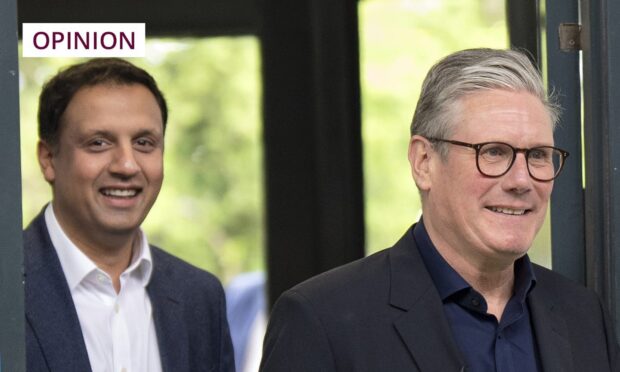
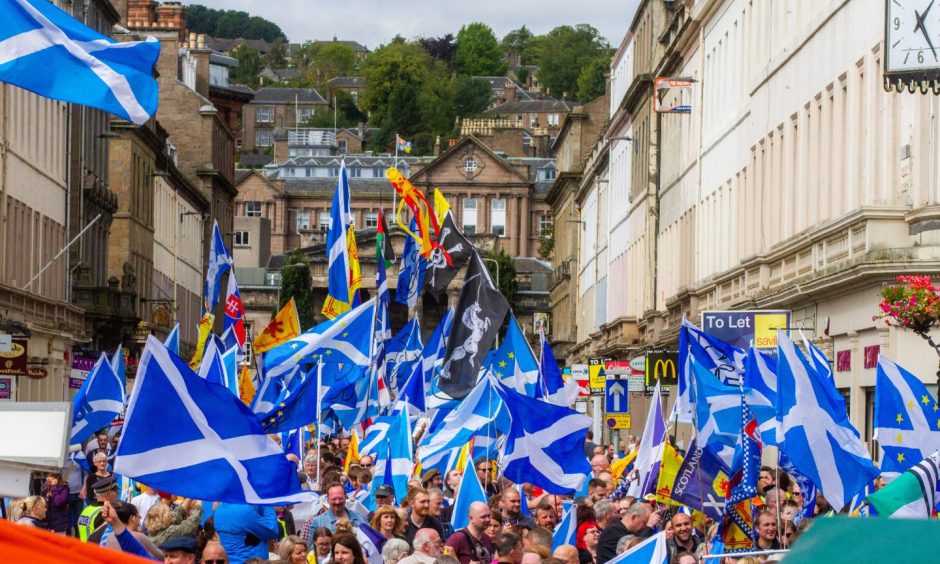
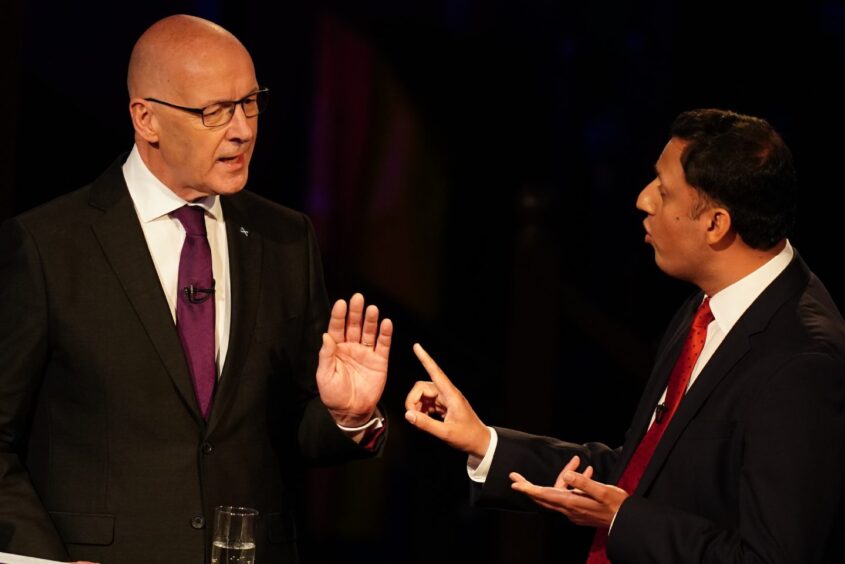
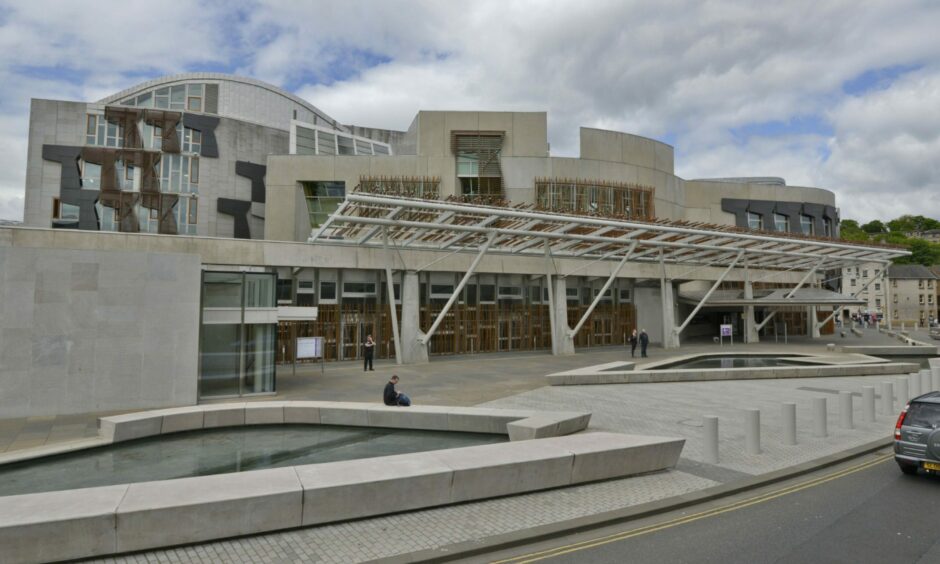
Conversation